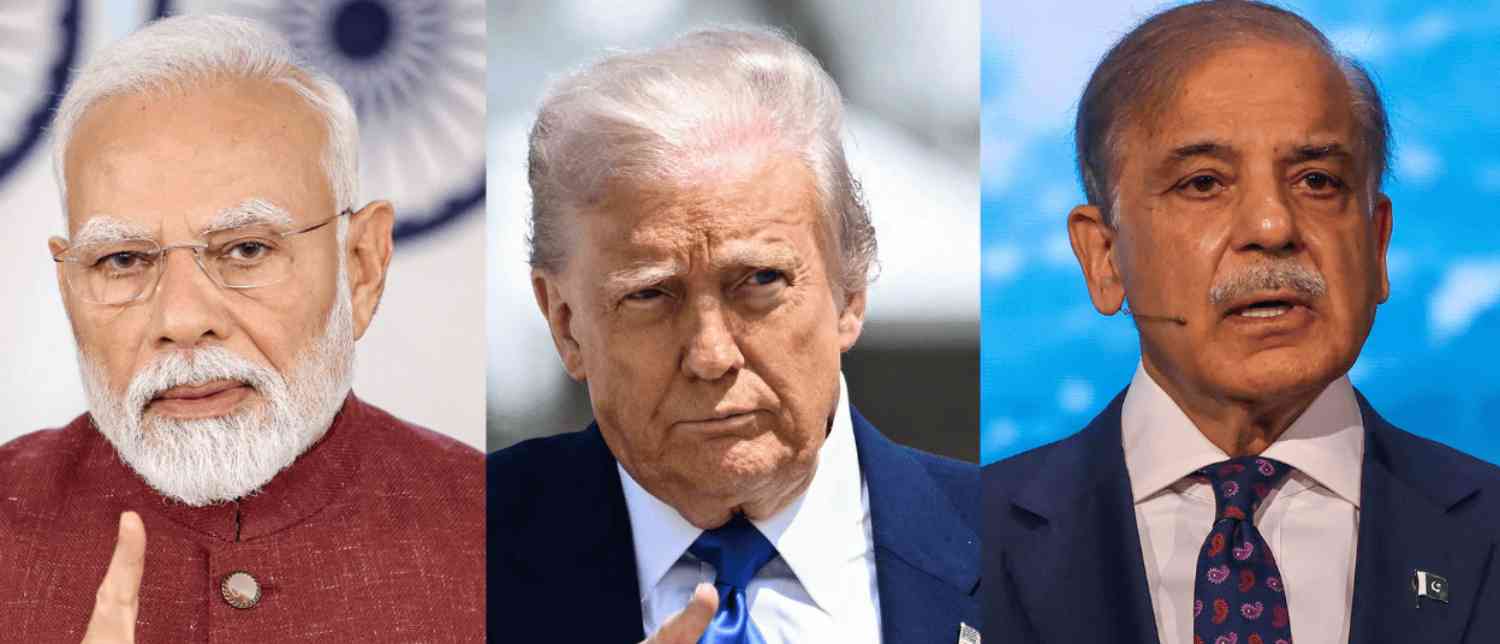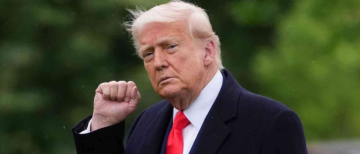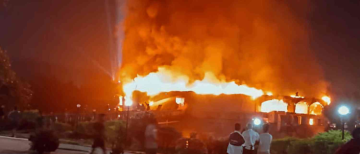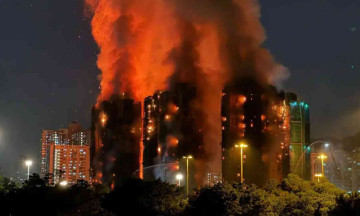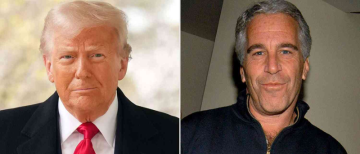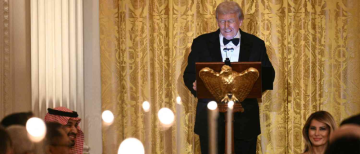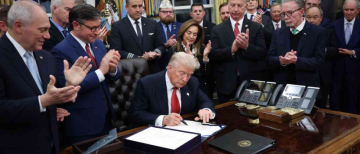In a bold move that has stirred global headlines, U.S. President Donald Trump has announced a historic energy and trade partnership with Pakistan, describing it as a joint effort to tap into the country’s “massive oil reserves.” The deal, unveiled just hours after slapping a 25% tariff on Indian imports, reflects a dramatic pivot in U.S. trade and geopolitical strategy in South Asia. But it also raises a critical question: Does Pakistan really have enough oil to fuel this alliance—or is this more political theater than petroleum power?
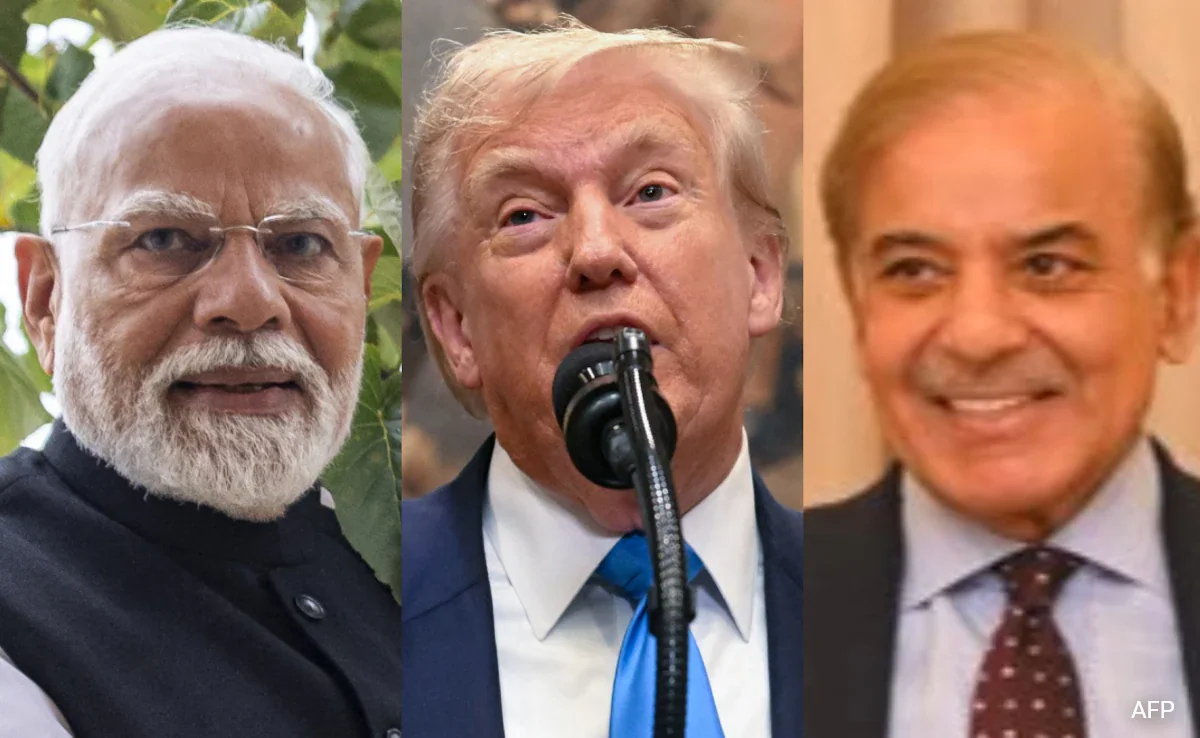
The Announcement That Shocked Two Nations
On Wednesday, Trump declared a sweeping new trade agreement with Pakistan via his social media platform, Truth Social. “We have just concluded a Deal with the Country of Pakistan, whereby Pakistan and the United States will work together on developing their massive Oil Reserves,” he wrote. “Who knows, maybe they’ll be selling Oil to India some day!”
Prime Minister Shehbaz Sharif responded with gratitude, calling it a “historic U.S.-Pakistan trade agreement.” In a post on X (formerly Twitter), Sharif stated, “I wish to convey my profound thanks to President Trump for his leadership… This landmark deal will enhance our growing cooperation and expand the frontiers of our enduring partnership.”
While this agreement has sparked optimism in Islamabad, it came with geopolitical turbulence—especially for neighboring India.
Tariffs, Penalties, and the BRICS Backlash
Earlier that same day, Trump imposed a 25% tariff on Indian imports, citing trade imbalances and India’s ongoing oil purchases from Russia. This marked a slight reduction from the 26% tariff he mentioned in his April 2 "Liberation Day" speech, but the message was unmistakable.
"While India is our friend," Trump noted, "they have some of the highest tariffs and most obnoxious non-monetary barriers in the world. They are also Russia’s largest buyer of energy… all things not good!"
The penalties are being interpreted as a direct warning to India over its participation in BRICS and continued trade ties with Moscow, which the U.S. sees as undermining the dollar’s global position. Trump criticized India’s BRICS membership, calling it “an attack on the dollar” and vowing to counter it.
The U.S. also sanctioned six Indian firms, including Alchemical Solutions and Jupiter Dye Chem, for engaging in transactions involving Iranian petrochemicals, intensifying tensions between Washington and New Delhi.
What’s Really Beneath Pakistan’s Soil? Oil Reserves Explained
Trump’s enthusiasm about Pakistan’s “massive oil reserves” has reignited interest in the country’s energy potential—but is it justified?
- The Current Numbers
According to data from the U.S. Energy Information Administration (EIA) and Worldometer, Pakistan has 353.5 million barrels of proven oil reserves, placing it 52nd globally. This represents just 0.021% of global reserves, and at current consumption rates (~556,000 barrels per day), it would last the country less than two years.
Pakistan’s current oil production stands at just 88,000 barrels per day, forcing the country to import 85% of its oil—a costly burden given its economic struggles and $17.5 billion energy import bill in 2023.
- The Offshore Indus Basin Hype
Despite modest proven reserves, the buzz surrounds the Offshore Indus Basin, where recent 2D and 3D seismic surveys have detected large subsurface structures potentially rich in hydrocarbons. A three-year study, supported by a foreign ally, hints at formations that some experts believe could rival global giants like Venezuela and Saudi Arabia.
However, no commercial drilling has taken place, and experts are clear: these are not yet “reserves.” As former OGRA member Muhammad Arif noted, a hydrocarbon formation only becomes a “reserve” when it is discovered, technically recoverable, commercially viable, and supported by a development plan.
This cautious stance is backed by history—Pakistan’s Kekra-1 well, a high-profile offshore exploration effort, yielded no results. Even the energy ministry has acknowledged that it will take $5 billion and 4–5 years to confirm and begin any viable development.
The Legacy of Oil Exploration in Pakistan
Historically, Pakistan’s domestic oil industry has had limited success:
-
Toot Oilfield (Punjab): Discovered in the 1960s with an estimated 60 million barrels in place. Only about 12–15% is recoverable.
-
Lower Sindh Fields: Discovered in the 1980s and now contribute significantly to current production.
-
Sui Gas Field (Balochistan): The largest gas field in the country, but not a source of crude oil.
These fields, while critical to the national grid, are insufficient to meet rising energy demands or replace expensive imports.
I wish to convey my profound thanks to President Trump @realDonaldTrump for his leadership role in finalization of the historic US-Pakistan trade agreement, successfully concluded by our two sides in Washington, last night.
This landmark deal will enhance our growing cooperation…— Shehbaz Sharif (@CMShehbaz) July 31, 2025
Energy Geopolitics: The U.S., China, and Balochistan
The entry of U.S. companies into Pakistan’s oil sector isn’t just about barrels—it’s about geopolitical chess.
China has already invested billions into Pakistan through the China-Pakistan Economic Corridor (CPEC), particularly in Balochistan. This includes roads, ports, and energy infrastructure. If the U.S. were to drill in regions like the Murray Ridge—where the Indian and Eurasian tectonic plates meet and seismic surveys look promising—it could unsettle Beijing.
Complicating matters, Balochistan is home to a long-running insurgency. Militant groups have repeatedly targeted both Chinese and Pakistani infrastructure, raising serious questions about the security and sovereignty of any large-scale foreign-led project.
Can Pakistan Really Sell Oil to India?
Trump’s assertion that Pakistan may one day supply oil to India has captured imaginations but faces formidable barriers:
-
Proven reserves are unconfirmed.
-
No extraction or refining infrastructure exists at scale.
-
India already imports at scale from Russia and the Middle East.
-
Diplomatic ties between India and Pakistan remain tense.
Despite a ceasefire following cross-border hostilities in April and May, India maintains that it handles its security and diplomacy independently, rejecting suggestions of third-party mediation.
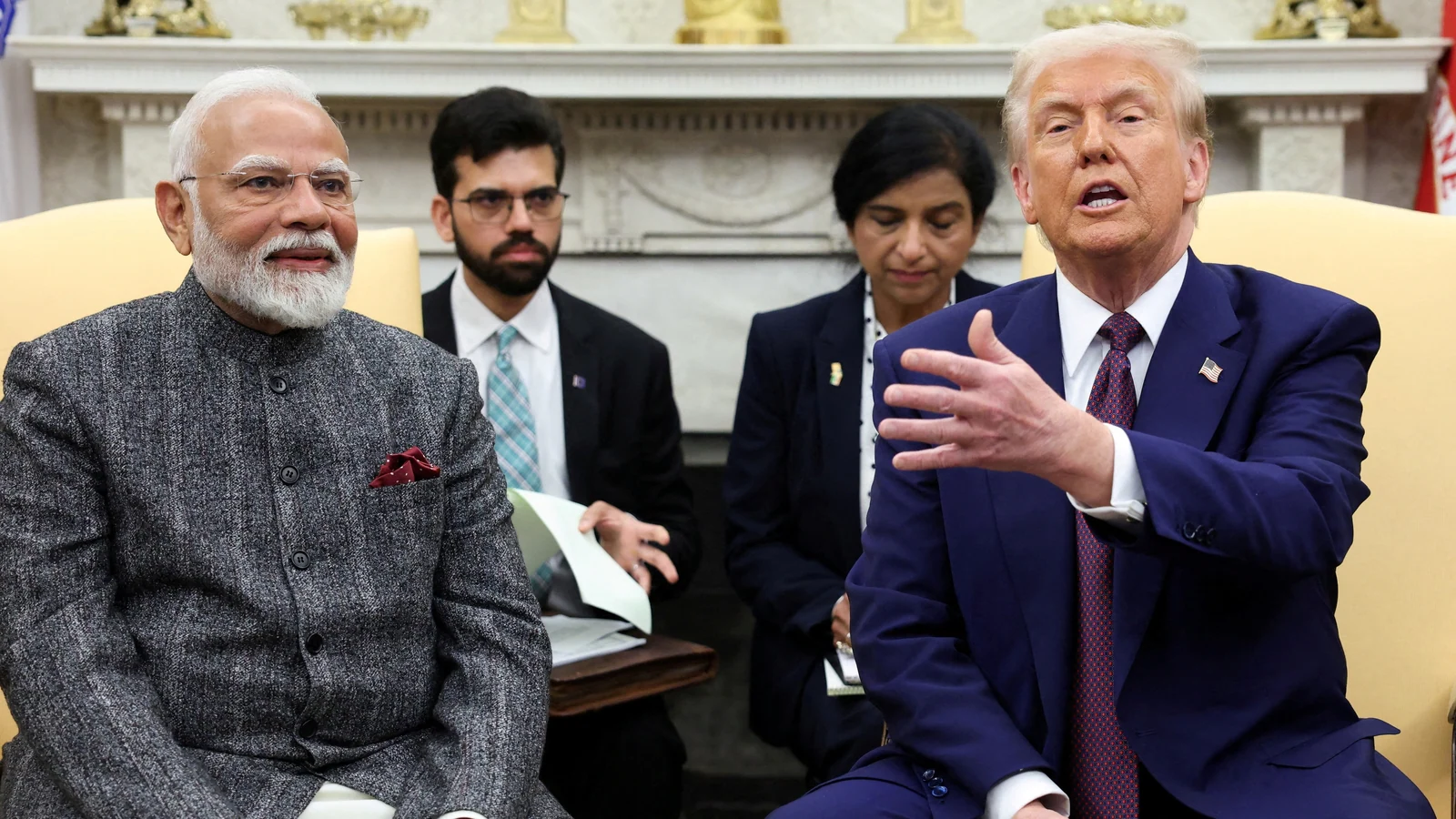
A Broader Trade Agenda and Strategic Posturing
The U.S.-Pakistan oil deal may be less about crude barrels and more about regional leverage. With China deepening its footprint in Pakistan and India aligning more closely with Russia, the U.S. appears eager to reassert influence in South Asia.
Last week, Pakistan’s Foreign Minister Ishaq Dar met with U.S. Secretary of State Marco Rubio, calling the agreement “very close.” Talks focused on expanding cooperation in minerals and mining, signaling Washington’s broader strategic interest in Pakistan’s natural resource potential.
Meanwhile, Trump’s remarks suggest more trade negotiations are in the pipeline: “We are very busy in the White House today working on Trade Deals... All of this will help reduce our Trade Deficit in a very major way.”
Promise vs. Production
The Trump-Pakistan oil partnership is, at present, more promise than production. While seismic surveys suggest significant potential, no drilling, extraction, or infrastructure currently backs Trump’s “massive oil reserves” claim.
Still, the announcement represents a high-stakes shift in regional power dynamics—positioning the U.S. against both China’s influence and India’s energy diplomacy. For Pakistan, the deal offers a much-needed influx of attention and potential investment amid economic woes.
But until a rig hits oil and barrels start flowing, the Trump-Pakistan oil pact remains a strategic spectacle, not a proven energy revolution.
With inputs from agencies
Image Source: Multiple agencies
© Copyright 2025. All Rights Reserved. Powered by Vygr Media.

